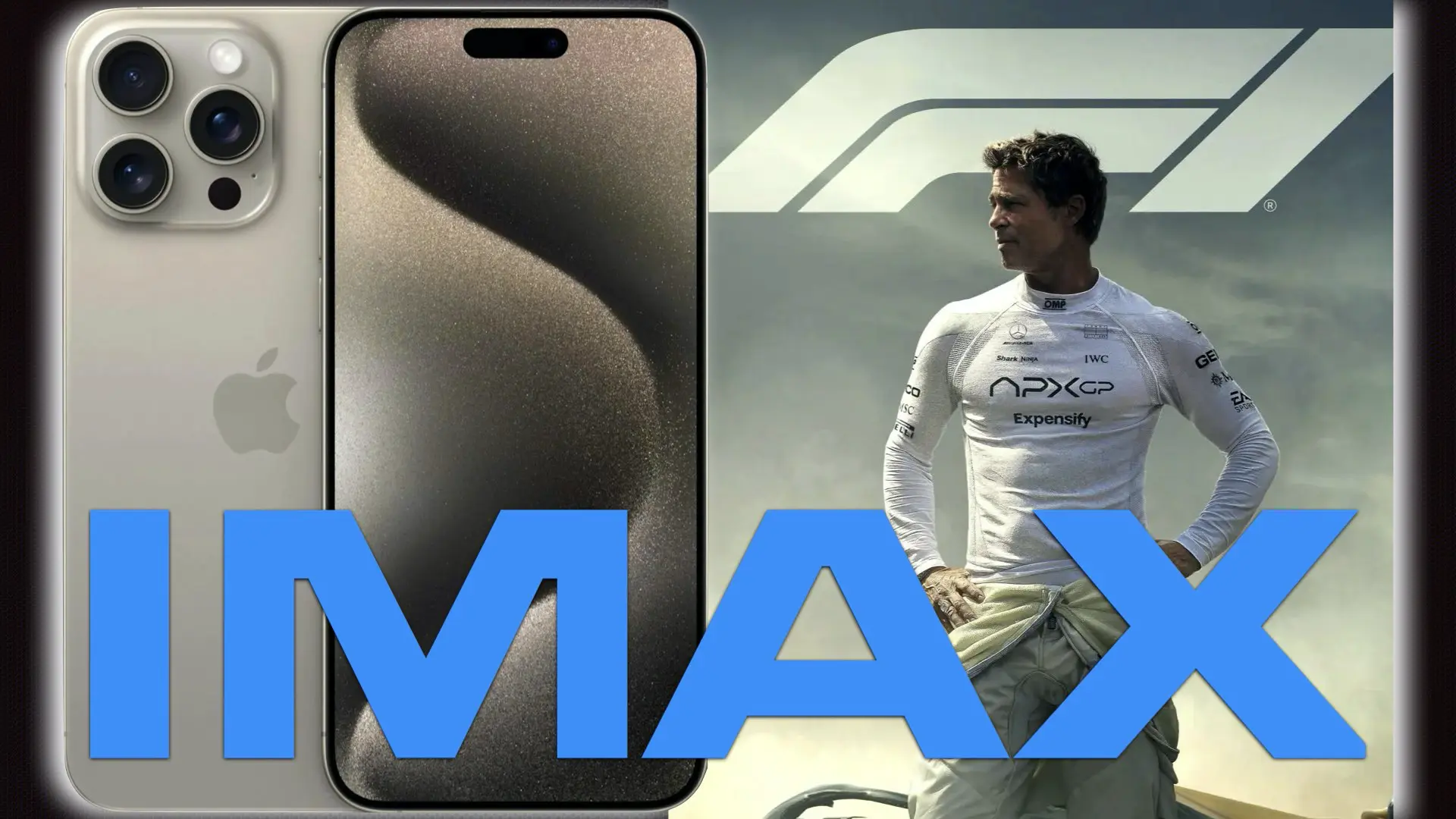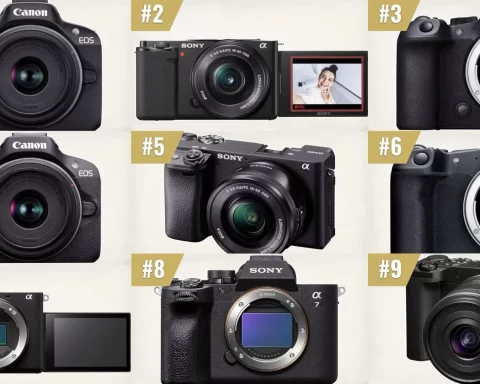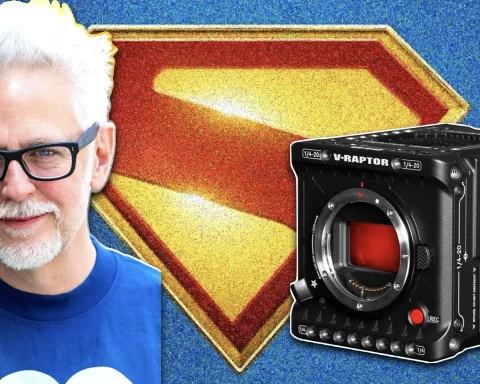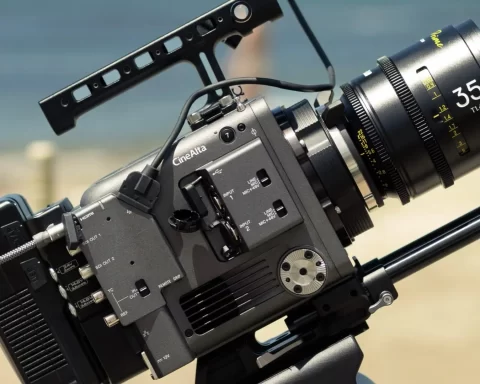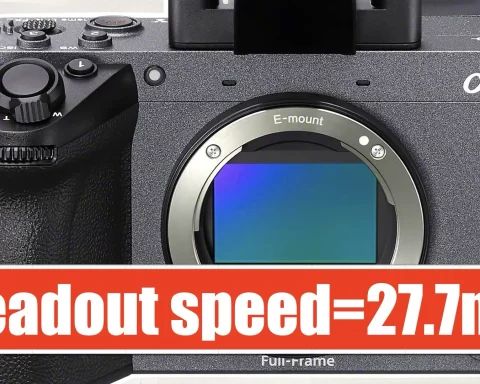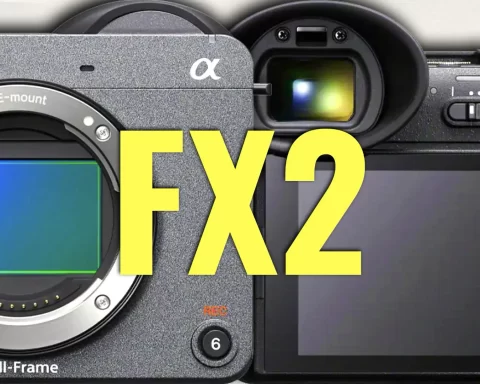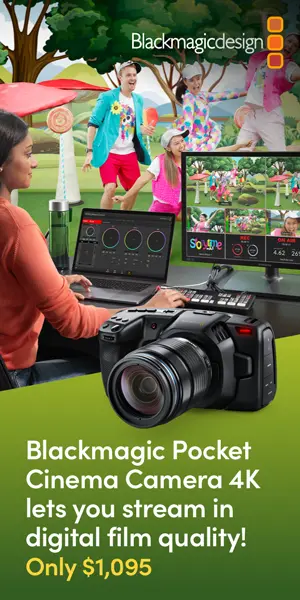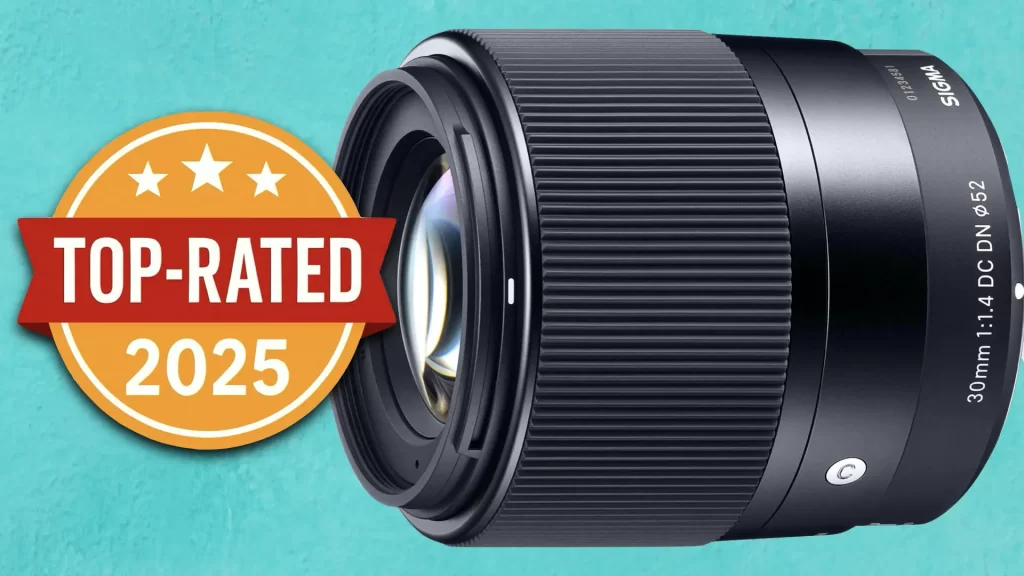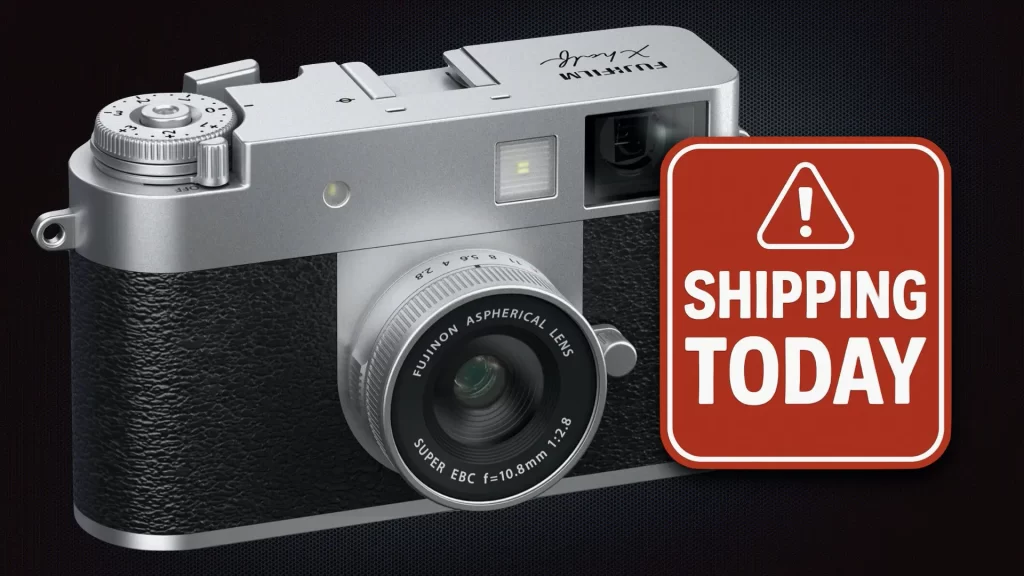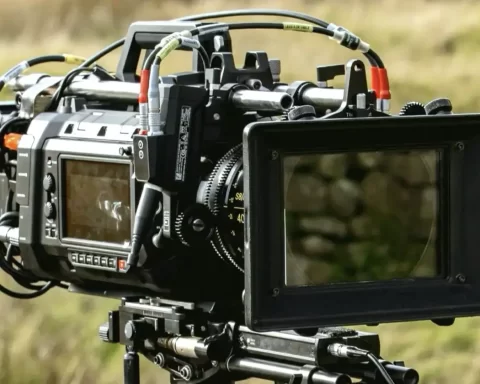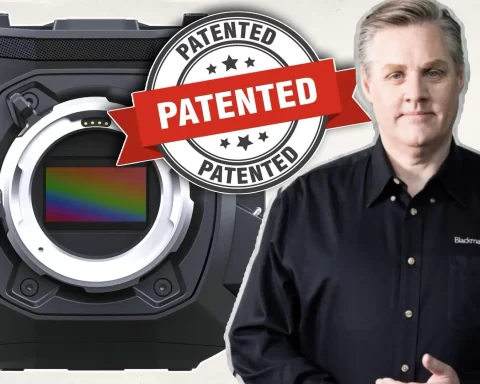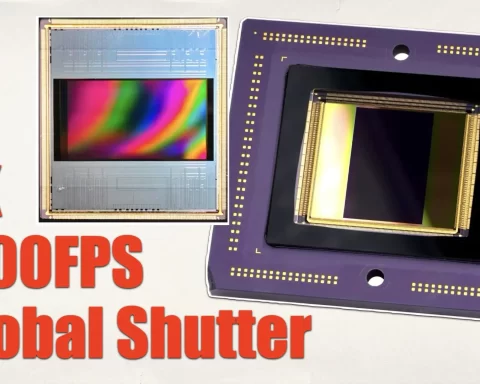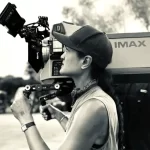The new Formula 1 movie is pushing the boundaries of cinema like never before, and it’s not just the fast-paced racing sequences that are grabbing attention—it’s the innovative use of technology behind the camera. According to Wired, a custom iPhone camera sensor was used to capture some of the movie’s most immersive point-of-view (POV) shots, giving us a glimpse into how Apple is changing the game for professional filmmaking. But this isn’t your typical iPhone camera; this was a specialized module, designed in collaboration with Sony’s 6K Cinema Line PTZ camera, aimed at delivering mind-blowing footage for IMAX.

A Custom iPhone Camera at the Heart of High-Speed Action
The iPhone has always been at the forefront of mobile photography, but in the case of the F1 movie, it has evolved into something much more powerful. The camera module used for the film was equipped with custom firmware and ran on iOS, marking a first-of-its-kind integration of iPhone technology into Hollywood-level filmmaking. By leveraging Apple’s ProRes lossless video codec and capturing footage in a flat log format, editors gained greater control over color grading, creating a seamless integration with the rest of the film’s visuals. What makes this even more intriguing is how the iPhone cameras were installed within the wing of the Formula 1 car. Unlike Sony’s high-end cameras mounted directly on the car, these custom iPhone cameras were strategically placed not to interfere with the car’s aerodynamic integrity—a design decision that showcases Apple’s commitment to both technology and practicality in a real-world, high-speed environment.
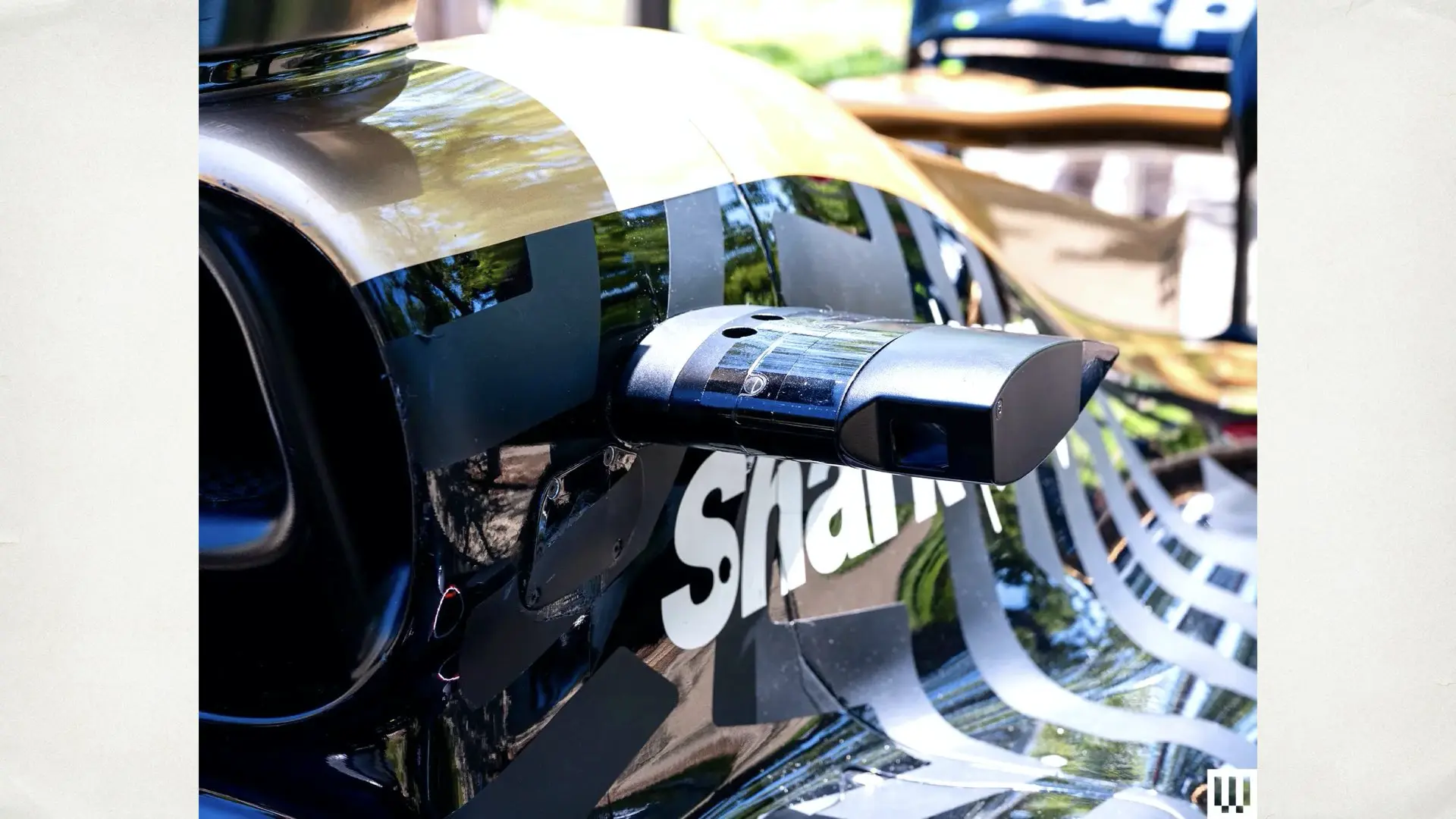
Pushing the Limits of Camera Technology for IMAX
The movie’s focus on delivering an IMAX experience is evident, and the innovative use of custom camera tech reflects the evolving demands of cinema. With this groundbreaking integration, we are seeing a unique collaboration between Apple and Sony, as well as a fusion of mobile tech and traditional cinema. The iPhone 15 Pro, with its newly introduced support for log encoding and ACES color workflows, is an extension of this innovation, making it a perfect fit for high-end film production. For more insights into the next-generation cinematography of the F1 movie, check out our detailed look at the cutting-edge techniques used in the film’s production here. Additionally, if you’re curious about the behind-the-scenes use of DJI Ronin 4D cameras on the set, take a deep dive into this article here.
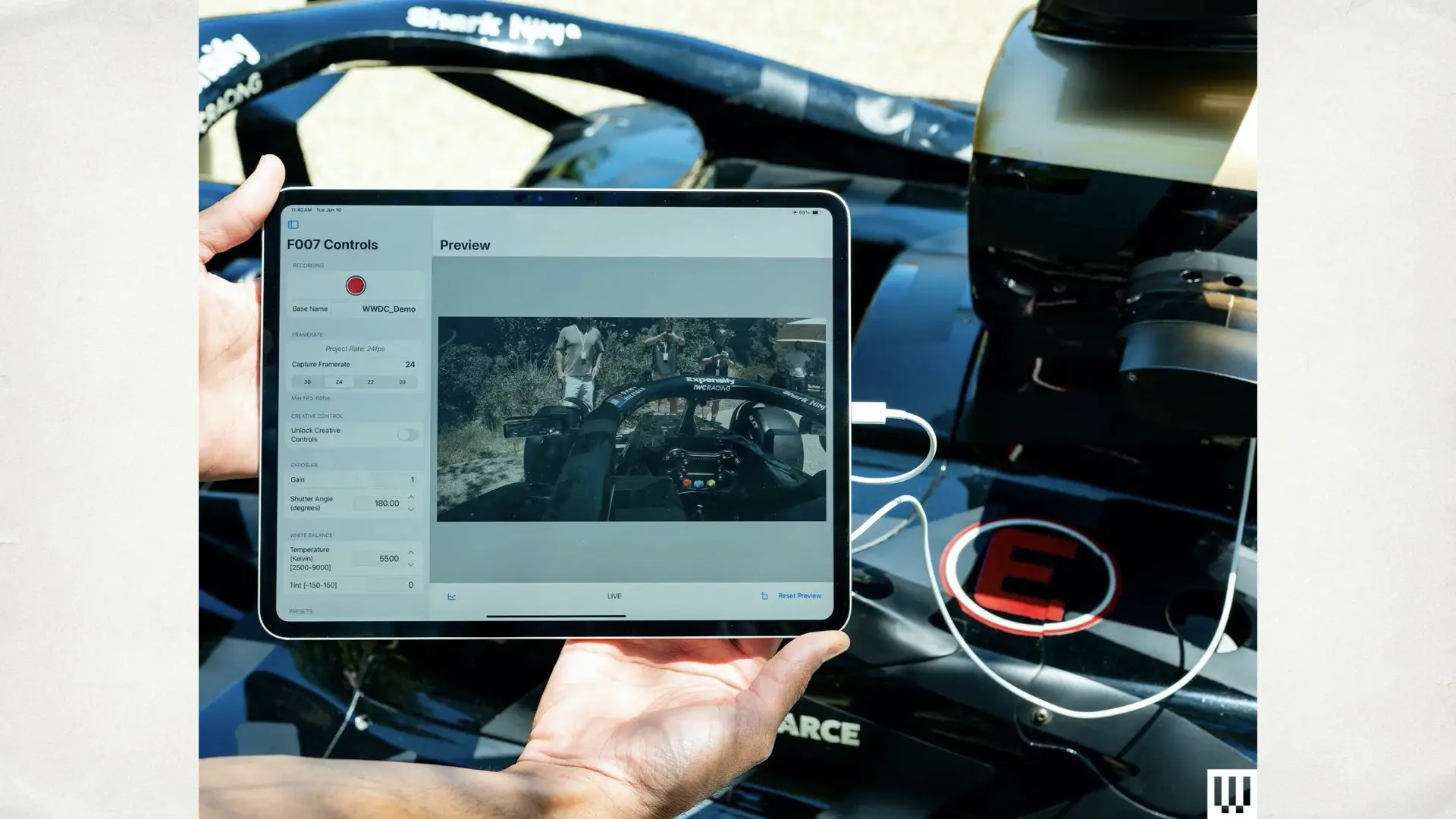
An Unprecedented Cinematic Collaboration
The collaboration between Apple’s custom-designed iPhone sensor and Sony’s Cinema Line cameras marks an exciting new frontier for cinematic storytelling. As more filmmakers push the envelope of what technology can achieve, this fusion of mobile and traditional cameras is likely to inspire even more experimentation. Not only does this offer a new perspective on filming high-speed action, but it also opens the door for new types of content creation that leverage the power and portability of smartphones. The iPhone’s role in capturing the F1 movie’s epic POV shots is a game-changer for filmmakers who are looking for powerful, compact, and adaptable tools to tell their stories. It also sets the stage for future innovations in how we capture action scenes that are larger than life, both in scale and in the tech behind them. But let’s not forget that the main A-cam for F1 was the mighty Sony VENICE, which is a state-of-the-art cinema camera.
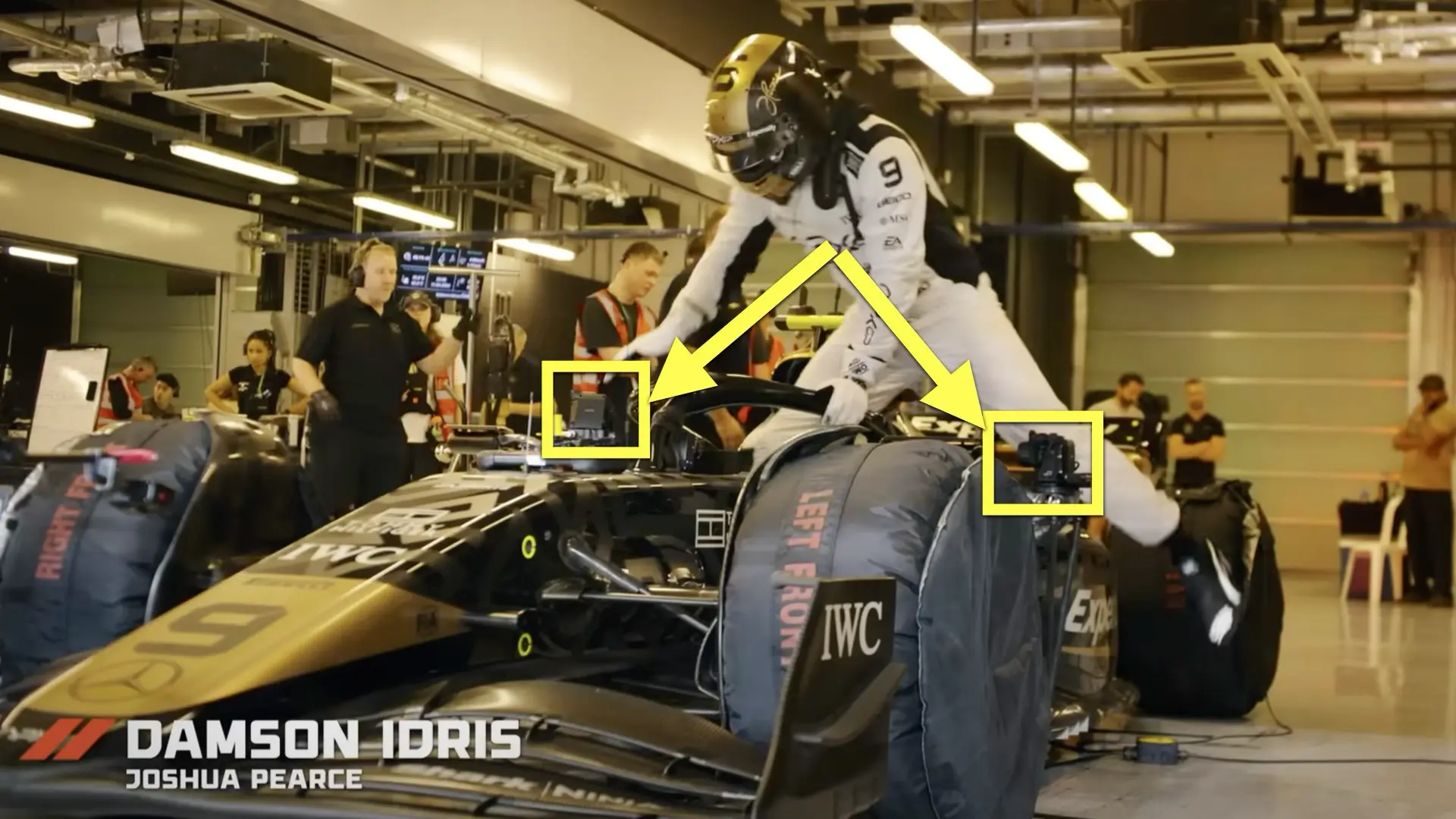
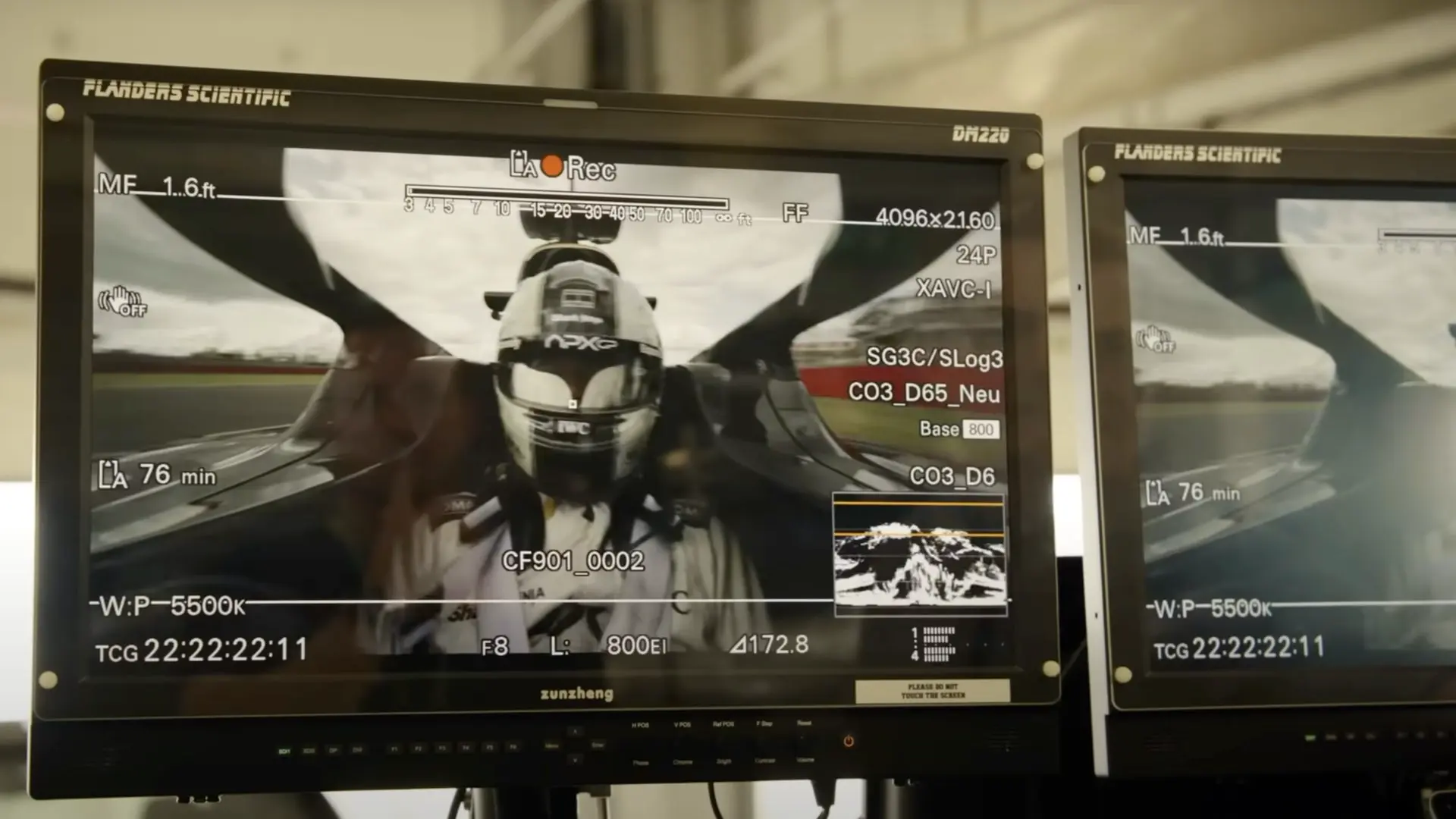
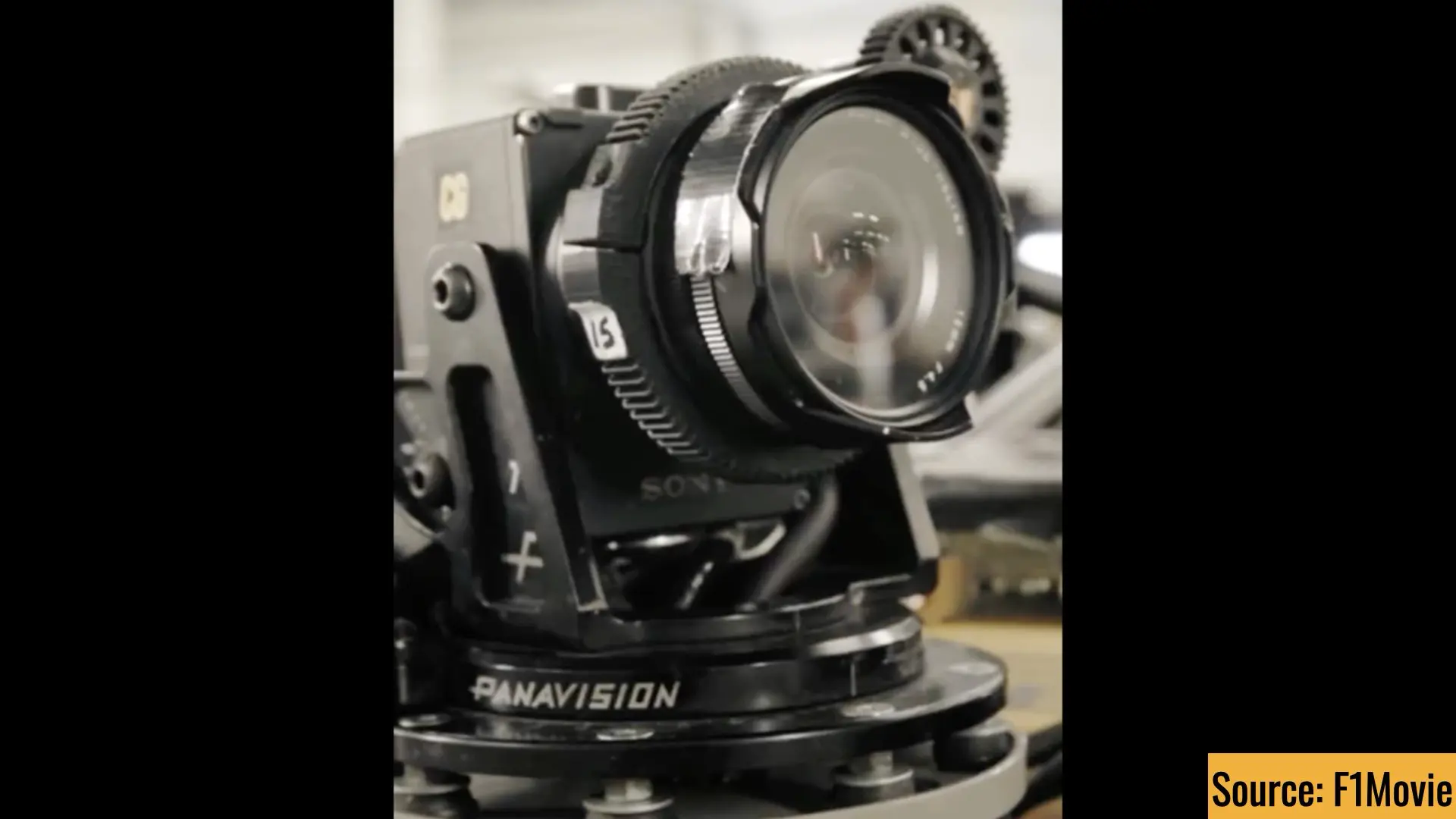
Final Thoughts: A Glimpse Into the Future of Filmmaking
This cutting-edge approach proves that the world of cinema is always evolving, and it’s not just about the gear—it’s about how you use it to create something unforgettable. The use of iPhone technology in a high-budget IMAX movie is proof that even the most established industries can be transformed by the technology in our pockets. To read more about how the F1 movie has pushed the boundaries of filmmaking, check out our articles on IMAX trailers and experience and Sony’s bespoke cameras.

